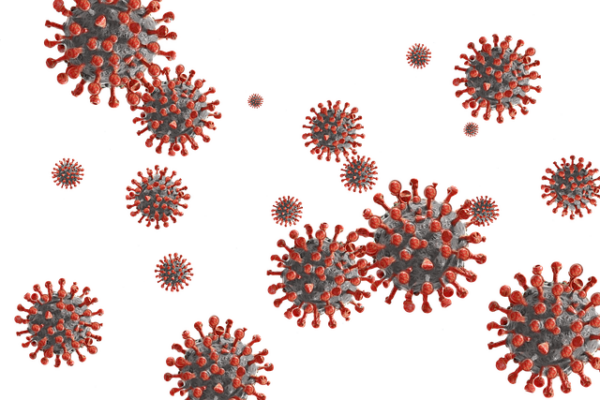Los Angeles County is continuing to experience increases in COVID-19 infection and hospitalization rates, the public health director said Thursday, warning that two newly emerging variants of the virus are threatening to fuel a fall and winter surge in cases.
Barbara Ferrer said the county had an average of about 1,300 new COVID cases per day last week, up from about 1,000 per day the previous week. She said the daily average case numbers have been “slowly but steadily increasing” since the beginning of November.
The rate of infections is also rising, reaching a weekly average of 86 cases per 100,000 residents last week, up from 65 per 100,000 residents two weeks ago, Ferrer said. If that average rises to 100 cases per 100,000 residents per week, the county will again “strongly recommend” that people wear masks indoors. Indoor mask wearing is currently only a matter of personal preference, unless an individual location or business opts to require them.
Ferrer also noted a rise in the average daily number of COVID-related hospital admissions, with the average rising to 77 last week from 65 the previous week.
Virus-related deaths are averaging about seven per day, down from 10-12 per day in early November, but Ferrer said deaths are considered a lagging indicator, meaning the numbers could rise in coming weeks in response to the increases in infections and hospitalizations.
Health officials have been expressing concern about a possible winter COVID surge, mirroring similar increases seen the past two years during the winter months. They noted that cooler temperatures lead to more people spending time indoors in more crowded, less-ventilated spaces — conditions that are ripe for virus spread.
Ferrer said two recently identified variants of the COVID virus — BQ.1 and BQ.1.1 — are beginning to spread more rapidly in the county, now representing about 17% of all virus specimens that undergo special sequencing to identify specific infection strains. That’s more than double the rate from mid-October.
Ferrer said federal health authorities believe the BQ variants are likely to “increase rapidly” in coming weeks and could soon represent more than one-third of all infections.
“Many are predicting these strains, which are highly transmissible, are likely to drive an increase in cases this fall and winter,” she said.
She said the currently available “bivalent” vaccine booster — which is engineered specifically to counter Omicron-based variants of the virus — are believed to be effective against the BQ variants. But she said the rate of eligible residents receiving the new booster remains very low, and health officials are working to increase their public outreach efforts to encourage people to get the shot.
On Thursday, Los Angeles County reported 1,595 new COVID-19 infections and eight additional deaths linked to the virus, bringing its cumulative totals to 3,501,782 cases and 34,039 fatalities since the pandemic began.
Daily case numbers released by the county are an undercount of actual infections, since many residents rely on at-home tests and do not report those results to county health officials, according to the Los Angeles County Department of Public Health.
The seven-day average daily rate of people testing positive for the virus was 5.8% as of Thursday.
The number of COVID-positive patients in Los Angeles County hospitals was 464 as of Thursday, down from 492 on Wednesday, according to state figures. Of those patients, 50 were being treated in intensive care units, up from 43 a day earlier.







